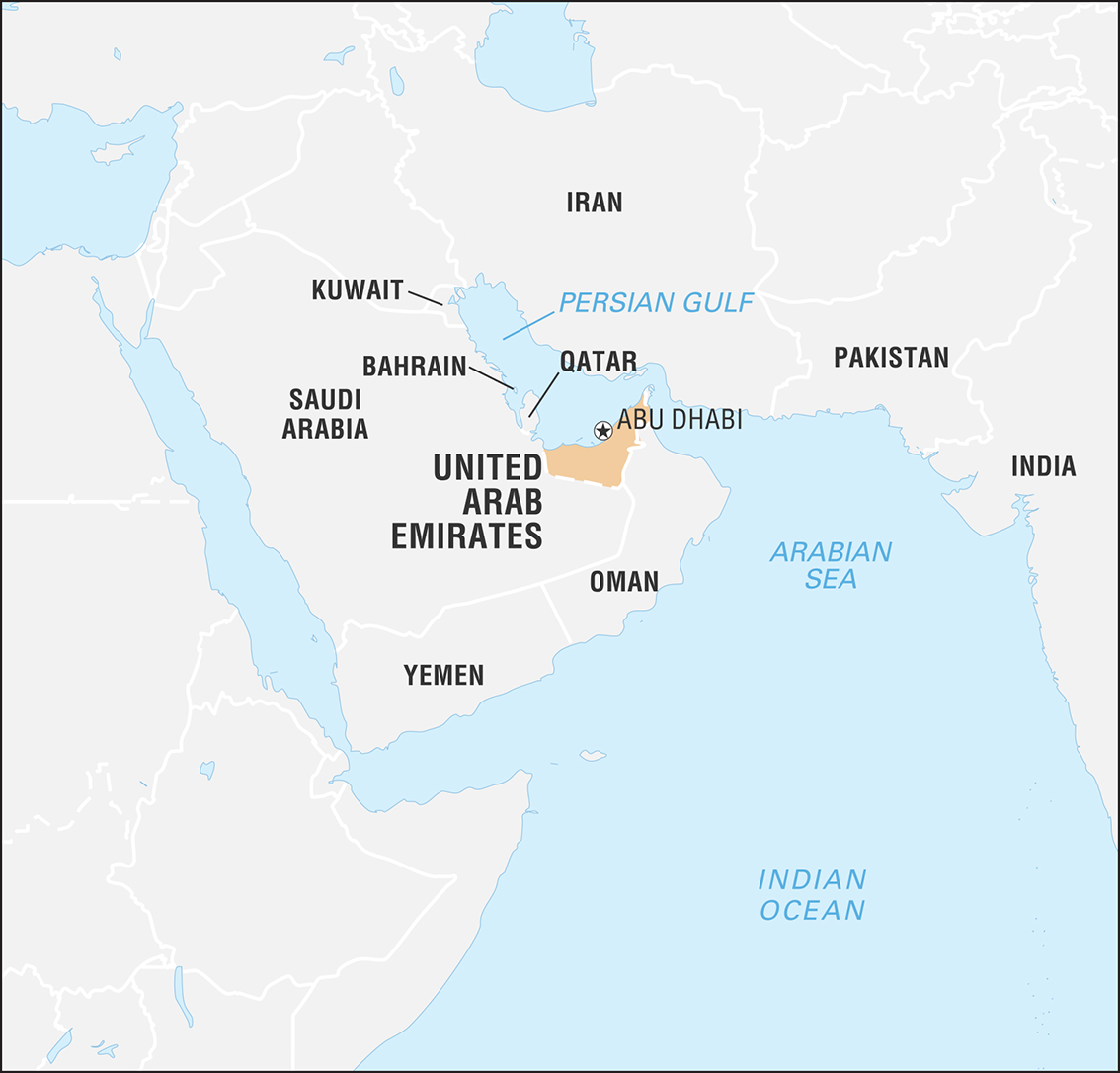CEPA: India-UAE | 23 Sep 2021
Why in News
Recently, India and the United Arab Emirates (UAE) formally launched negotiations on the India-UAE Comprehensive Economic Partnership Agreement (CEPA).
- Looking to build on the progress made by both countries under the Comprehensive Strategic Partnership signed in 2017, both countries expressed a desire to reach a mutually beneficial economic deal.
Key Points
- Comprehensive Economic Partnership Agreement:
- It is a kind of free trade pact which covers negotiation on the trade in services and investment, and other areas of economic partnership. It may even consider negotiation on areas such as trade facilitation and customs cooperation, competition, and Intellectual Property Rights.
- Partnership agreements or cooperation agreements are more comprehensive than Free Trade Agreements.
- CEPA also looks into the regulatory aspect of trade and encompasses an agreement covering the regulatory issues.
- India has signed CEPAs with South Korea and Japan.
- India-UAE Economic Relations:
- The UAE is currently India’s third-largest trading partner with bilateral trade in 2019/2020 valued at USD 59 billion.
- The UAE is also India’s second-largest export destination after the US, with exports valued at approximately USD 29 billion in 2019-2020.
- The UAE is the eighth-largest investor in India, having invested USD 11 billion between April 2000 and March 2021, while investment by Indian companies in the UAE is estimated to be over USD 85 billion.
- Major Exports: Petroleum products, precious metals, stones, gems and jewellery, minerals etc.
- Major Imports: Petroleum and petroleum products, precious metals, stones, gems and jewellery, minerals etc.
- Significance of India-UAE CEPA:
- It is expected to increase bilateral trade in goods to USD 100 billion within five years of the signed agreement and increase trade in services to USD 15 billion, leading to wider social and economic opportunities in both nations.
Other Types of Trade Agreements
- Free Trade Agreement (FTA):
- It is an agreement in which two or more countries agree to provide preferential trade terms, tariff concession etc. to the partner country.
- India has negotiated FTA with many countries e.g. Sri Lanka and various trading blocs as well e.g. ASEAN.
- Preferential Trade Agreement (PTA):
- In this type of agreement, two or more partners give preferential right of entry to certain products. This is done by reducing duties on an agreed number of tariff lines.
- Tariffs may even be reduced to zero for some products even in a PTA. India signed a PTA with Afghanistan.
- Comprehensive Economic Cooperation Agreement (CECA):
- CECA generally covers negotiation on trade tariff and TRQ (Tariff Rate Quotas) rates only. It is not as comprehensive as CEPA. India has signed CECA with Malaysia.
- Bilateral Investment Treaty (BIT):
- It is a bilateral agreement in which two countries sit together and decide the conditions for private investments by citizens and firms of the two countries.
- Trade and Investment Framework Agreement (TIFA):
- It is a trade pact between two or more countries which establishes a framework for expanding trade and resolving outstanding disputes between countries.

